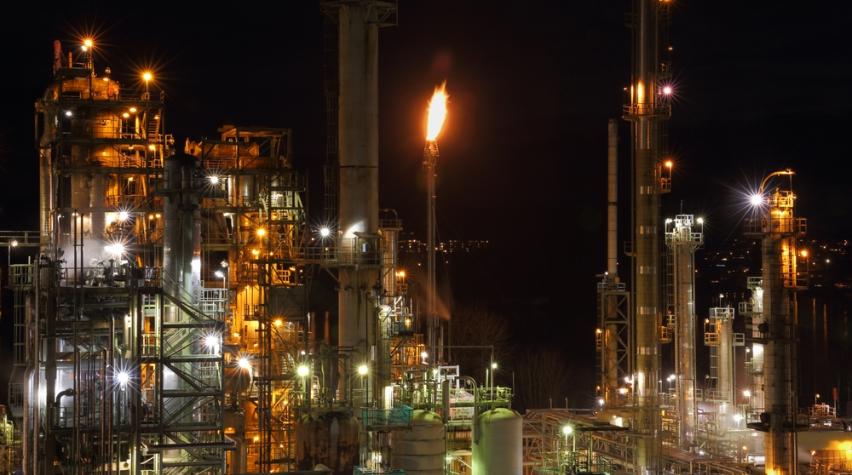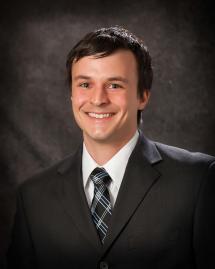
Disclosure: This post is sponsored by Fauske & Associates and reflects their views, opinions, and insights.
This year's AIChE Spring Meeting & Global Congress on Process Safety will take place virtually from August 17–21. The meeting gathers experts from the chemical and petrochemical industries. One topic that will be discussed at the event is emergency relief systems. I had a chance to catch up with Ben Doup from Fauske & Associates to talk about advancing emergency relief system design.
You can register for the meeting here to learn from Ben and other experts in process safety. Make sure to stop by the virtual exhibit hall during the event to visit the Fauske & Associates booth.
How have you seen companies’ approaches to emergency relief system design change over the past few years?
There are two main pathways that can lead to the release of effluent to the environment: (1) catastrophic failure leading to an uncontrolled release and (2) a controlled release. The prevention of a catastrophic failure is obtained by appropriately sizing an emergency relief device. The prevention of a controlled release is obtained by appropriately containing the effluent that flows through the relief device.
The focus in years past has been on appropriately sizing an emergency relief device. An emergency relief device is properly sized when the rate at which pressure is relieved from a vessel is greater than the rate at which pressure builds within a vessel while keeping the maximum vessel pressure within allowable limits. Most of the effort and focus has been on quantifying the “source term” of a runaway reaction which is related to the accelerating volumetric rate of gas/vapor generation during the runaway. The source term is relatively unbounded as it can easily change by multiple orders of magnitude between different systems. Fauske and Associates, LLC (FAI) advocates using low phi-factor (i.e., low thermal inertia) adiabatic calorimeters, such as the VSP2 or ARSST, to quantify these source terms. Kinetic modeling can also be useful in situations where the runaway reaction kinetics are sufficiently well understood.
In recent years companies have expanded their focus to include the prevention of controlled releases to the environment. Popular strategies for preventing the controlled release of effluent to the environment include knockout tanks that separate vapor from liquid, and quench tanks that condense and cool the effluent. Vapor from the knockout tanks can be released through vent stacks or most often can be sent to flares or scrubbers. The sizing procedures for these types of equipment depend on the flow rate from the relief device and there is a renewed focus on obtaining best-estimate flow rates.
What role does Fauske and Associates play in helping to advance best practices in emergency relief system design?
Fauske and Associates, LLC has always played a lead role and will continue to play a lead role in improving the best practices in emergency relief system design.
FAI got its start as a company due to our role as the primary consultant to the Design Institute for Emergency Relief Systems (DIERS) research program. FAI experts brought decades of critical two-phase flow expertise to this program. FAI later commercialized and patented their low phi-factor adiabatic calorimeters, the VSP and RSST, which had their roots in the DIERS program. These calorimeters allowed FAI to quantify the source term for any type of runaway chemical reaction. FAI’s critical two-phase flow expertise led to development of methods to quantify the rate of pressure relief and thus determine a safe emergency vent size. FAI also developed easy-to-use methods that make it convenient to use the data collected in low phi‑factor calorimeters for sizing an emergency relief device.
FAI continues to lead in the emergency relief system design field by developing models and sharing best practices to obtain best-estimate flow rates. FAI has developed non-equilibrium two-phase flow models and, more importantly, provided guidance on the specific circumstances when non-equilibrium flow can occur. FAI also shared best practices for characterizing the flow regime by using VSP2 blowdown tests. These contributions help engineers better calculate the best-estimate flow rates that are important for designing equipment that prevents the controlled release of effluent to the environment.
What are the biggest opportunities for improvement in current emergency relief system design practices?
One of the biggest opportunities for improvement is bridging the gap between the easy-to-use methods and dynamic simulation. Historically, the easy-to-use methods and dynamic simulation have been viewed as competing methodologies. FAI is actively working to develop tools and techniques that take advantage of the benefits of both the easy-to-use methods and dynamic simulation.
How does the AIChE Spring Meeting & Global Congress on Process Safety help to develop the emergency relief system design community?
The AIChE Spring Meeting & Global Congress on Process Safety is an excellent platform for company subject matter experts to share issues they’ve encountered and strategies for addressing these issues with their peers. This creates a win-win situation, because the audience learns about new ideas and the presenter receives feedback to help them refine their ideas. This exchange of ideas promotes relationships among peers and can lead to opportunities for future collaboration within the emergency relief system design community.
Join us at the virtual AIChE Spring Meeting & GCPS on Monday, August 17th!

Ben Doup
Ben Doup currently serves as a technical lead at Fauske & Associates, LLC with 10 years of experience in modeling gas-liquid two-phase flows. In this role he works with customers to build custom solutions for their process safety challenges.
Disclosure: This post is sponsored by Fauske & Associates and reflects their views, opinions, and insights.


